It’s time for #AndamanAdventure
About Andaman Islands
Andaman Islands is the best holiday destinations in India
Andaman Adventure is a one-stop destination to book your Andaman Adventure Holiday, viz. Tour Package, Adventure Activity, Hotel, Tourist Service in the Andaman Islands.
We offer a wide range of services to our customers, including discounted hotel bookings, holiday packages and honeymoon tour packages, apart from providing adventure activities like Snorkeling, Scuba Diving, Kayaking, Underwater adventures etc.

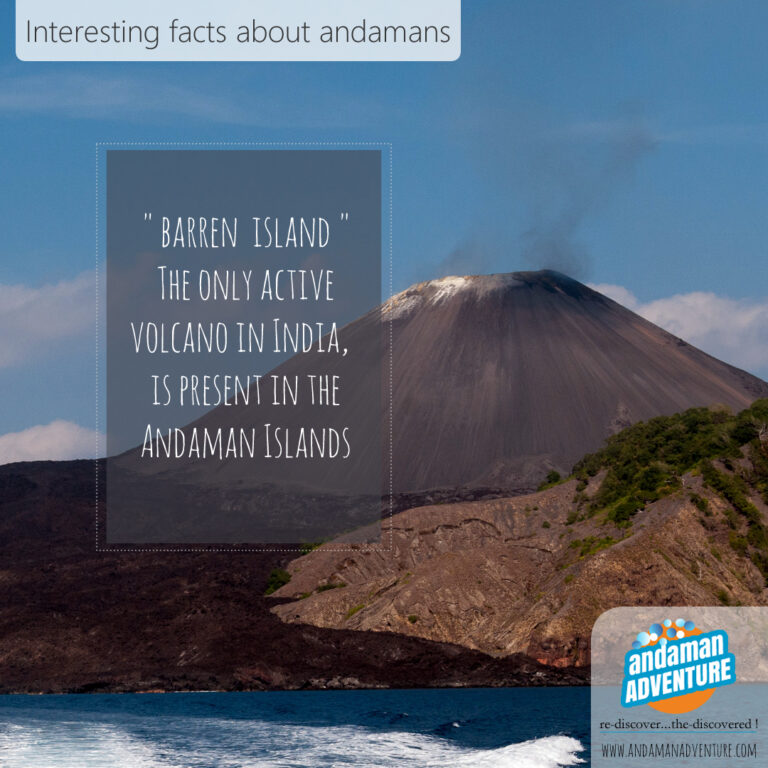
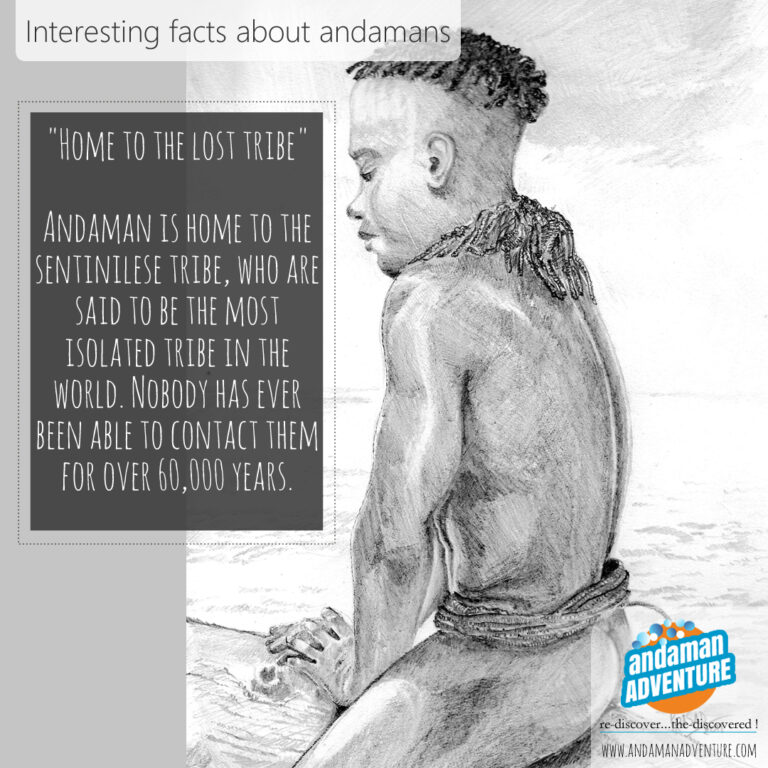
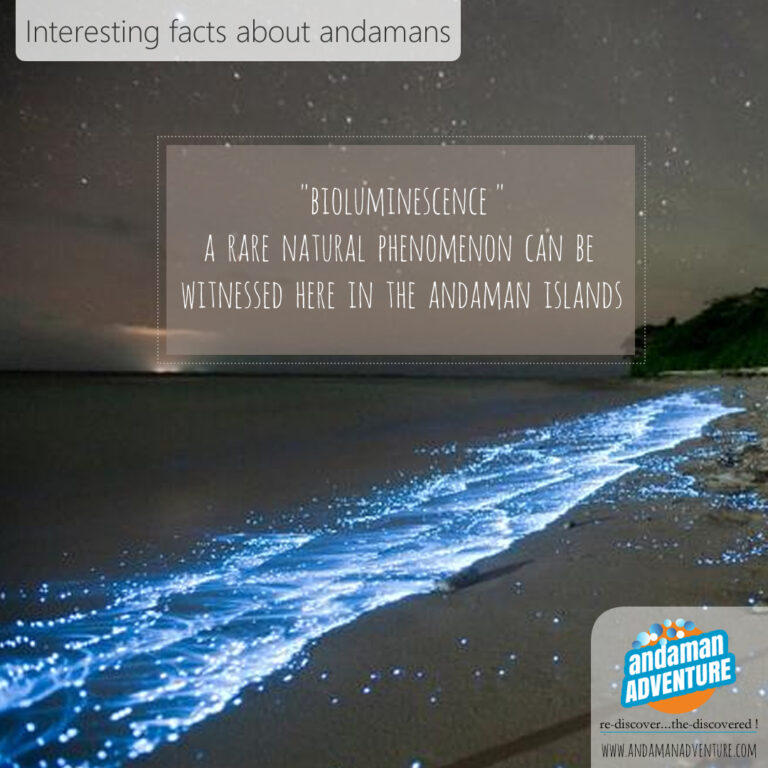
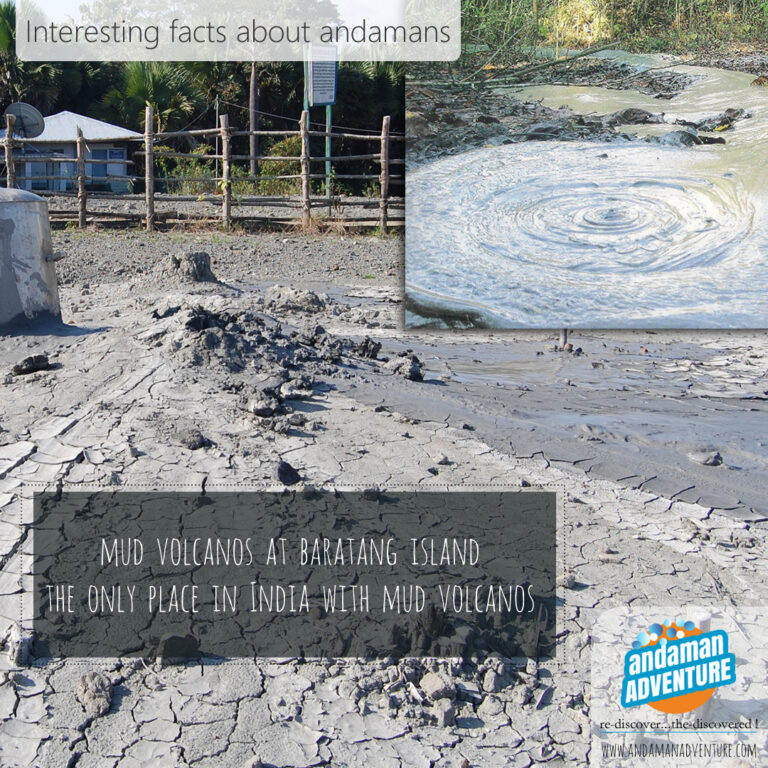
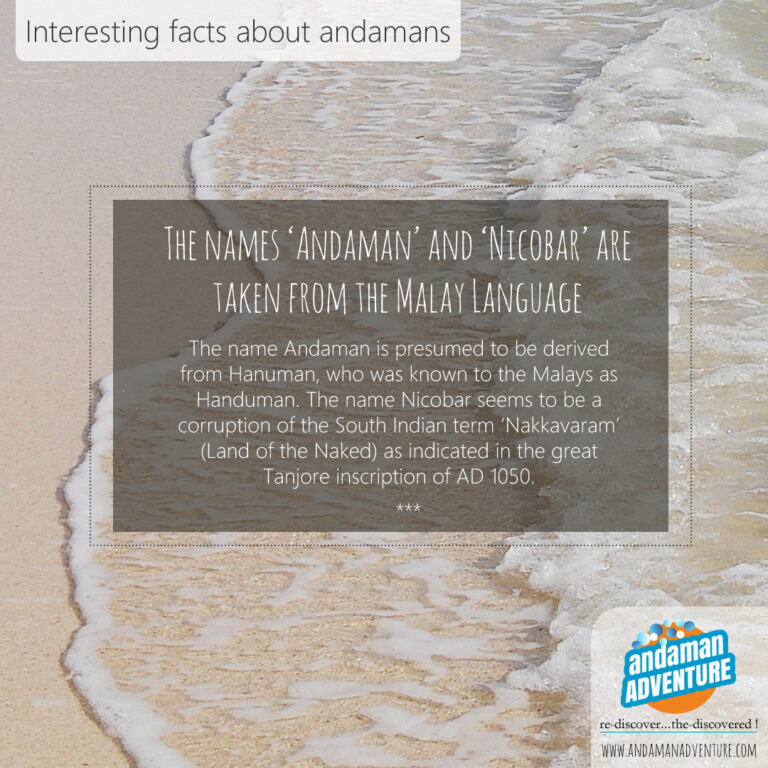
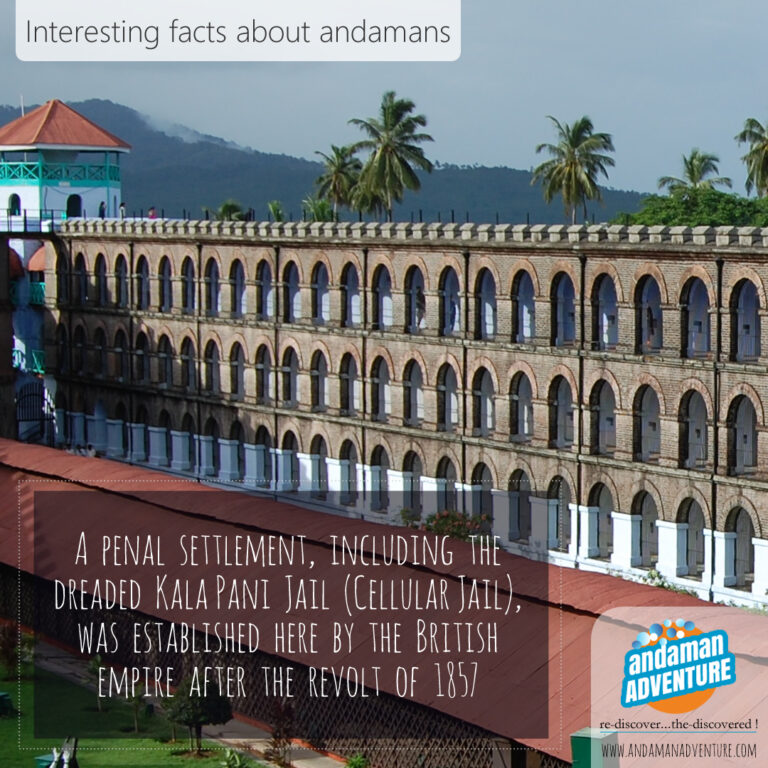
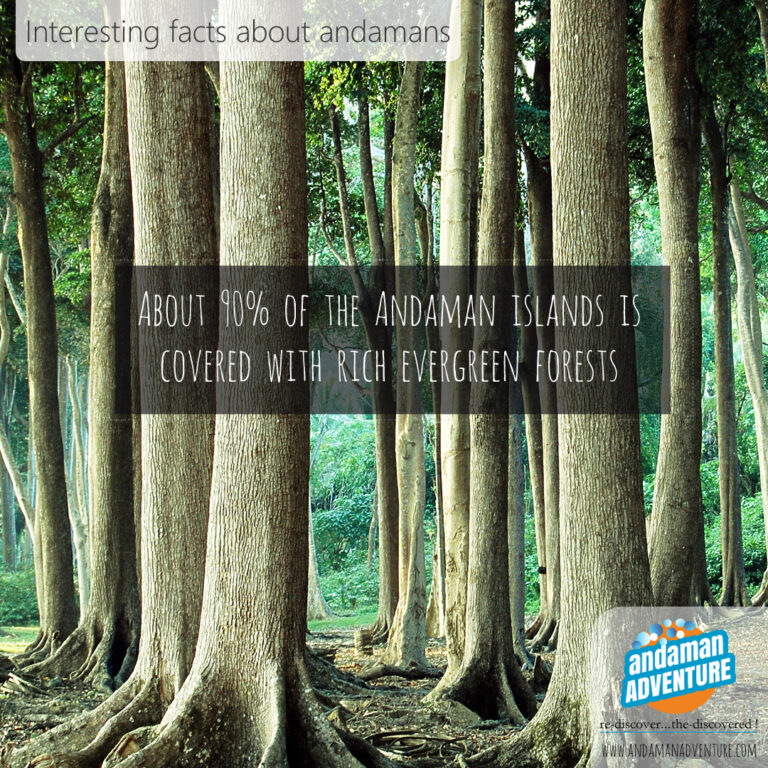
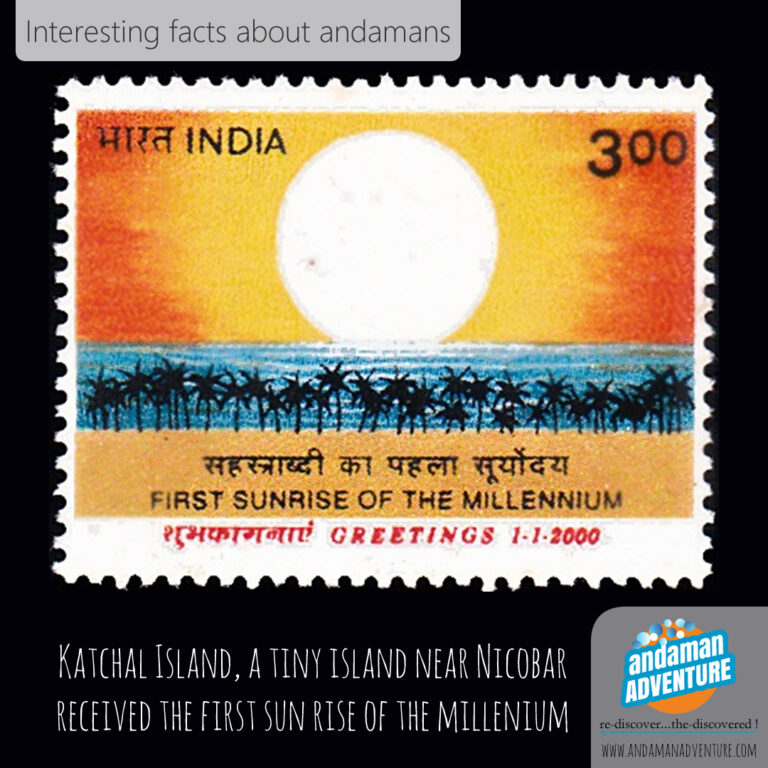
Know Andamans
Andaman and Nicobar Islands are consisting of over 345 islands, islets and rocky outcrops, with land area extending up to 8,249 km2 and a coastline stretch of 1,962 kms.
The topography of the Andamans is hilly and undulating, the elevation in the Andamans is from 0 to 732 m, Saddle Peak being the highest in North Andaman Island. In the Nicobars the elevation rises from 0 to 568 m, Mt Thuillier being the highest peak on Great Nicobar Island.
The land area of 6408 km² in the Andamans constitutes 90% as reserves and protected areas of which 36% is tribal reserves. The entire Nicobar group is a tribal reserve and has four wildlife sanctuaries, two national parks and one biosphere reserve.
The Andaman Islands support extensive mangrove ecosystems and have diversity of flora and fauna with a high level of endemism.
Frequently Asked Questions
Andamans (Port Blair) can be reached via air or sea. Flight being the faster and more convenient option would be the best option though. Direct flights are available from Kolkata, Bangalore, Chennai, and Hyderabad. Depending on your departure location, you can reach there in around two to three hours. Whereas, three to four days are taken by the ships plying from Chennai, Kolkata, and Vizag.
Note: There are no international flights to Port Blair at present. Foreigners who are planning to visit Andamans should first reach mainland India (Delhi, Mumbai, Bangalore, Chennai, Kolkata etc) from where you can take a flight to Port Blair in Andaman Islands.
Refer Guidelines for Foreign Nationals.
NOTE: Vessels that sails to Andaman are passenger as well as cargo ships and not the luxury cruises that we usually see in pictures.
We recommend the tourists to take flights to the Andaman Islands as it is time saving and convenient.
Andaman Islands can be visited throughout the year at all seasons, the best time to visit the islands is from September to April. This is the time when almost all the water activities are operational at the islands. December and January happen to be the best months to visit Andamans and thus the islands are busy with visitors, parties and celebrations.
One can also consider visiting the islands from May to August during the summer-monsoon as well. The islands are less crowded and calmer in this period; and you get the best deals as well.
The original people of the Andaman Islands are the native aboriginal tribal communities and there are people who have shifted from the mainland subcontinent of India. The tribal communities are scattered all over the Andaman and Nicobar Islands and few tribes do not prefer to have contact with the rest of the world and stay away in the dense forests. People from different states, having different faith, speaking various languages live together with peace and harmony in this Mini India called the andamans.
Widely spoken languages here are Hindi, English, Bengali, Tamil, Telugu and Malayalam. The aboriginal tribal community speak their own tribal languages.
The primary occupation are agriculture, fishing and tourism. Tourism in the island has flourished over the years and has offered a lot of employment opportunities to the people living in Andaman Islands.
The Andaman and Nicobar Islands are warm tropical islands with mean temperature ranges from 25-27°C. The island are humid and do not have a winter season. Rainfall varies from medium to heavy with monsoon setting in towards the end of May.
Ecology of Andaman and Nicobar Islands
- The Islands have fragile ecosystems, which supports very unique flora and fauna with high levels of endemism. The landscape emerges from sea grass beds, coral reef or rocky outcrops, to beaches, littoral forest, Andaman slope forests, hilltops, into valleys and streams. Some tree species reach heights of 40- 60 m.
- Andaman and Nicobar Islands are fringed by one of the most spectacular coral reefs in the world.
- Protected areas in the islands are tribal reserves, national parks, wildlife sanctuaries, reserve, protected and preserved forest and a biosphere reserve.
- An area of 513.70km² along the west coast of South Andaman Island is notified as a tribal reserve for the Jarawa people. This reserve extends north along the same coast into Middle Andaman Island, extending the reserve for another 338. 69 km². A 5 km distance into the sea from the high tide line right along the entire stretch of the Jarawa Reserve is also notified as part of the reserve.
- Strait Island, 6.01 km² in area, on the east coast of Middle Andaman Island supports a population of 45-50 of the last remaining Great Andamanese people.
- To the south west of South Andaman Island is North Sentinel Island with an area of 59. 67 km² and is inhabited by the Sentinalese people.
- The southern most island Little Andaman Island with a geographical area of 731. 57 km² and of this, 706. 49 km² with a distance of 3 km from the high tide line and into the sea along the coast has been notified as a tribal reserve for the Onge people.
- The entire group of 24 Nicobar Islands is notified as tribal areas; only 1,499.65 ha along the east coast from Campbell bay and up to 35 km is outside the Tribal Area and is inhabited by ex-servicemen, traders, government departments and the residents. Great Nicobar has a total area of 1044. 54 km² and of which 853. 19 km² is the tribal reserve, for both, the 380 Shompen people and the Nicobarese people.
- There are four national parks in the Andamans, Mahatma Gandhi Marine, Mount Harriet, Rani Jhansi Marine and Saddle Peak National Parks. The Nicobars have two, Galathea National Park and Campbell Bay National Park notified and Great Nicobar is designated as the Great Nicobar Biosphere Reserve.
- The Barren Island in the Andamans has an active volcano. In the Bay of Bengal, there are two volcanic islands (Barren and Narcondam) situated within 80 km east of the Andaman Islands.
- Rice is the main crop in Andaman and Nicobar Islands. Coconut and Arecanut are the main cash crops of Nicobar.
Respect the tribal communities of the islands
- Andaman is home to different native tribes like Jarwa, the Great Andamanese, Onge and Sentinelese. Respect their privacy. Any attempt to interact with them or violate their privacy is punishable by law.
Tourist Information Centres
- Before visiting the island, it is better to learn a bit about the islands. Try to learn more about the weather, the tropical forests, marine life, coral reefs, adventure sports, culture, and the local cuisine you can indulge in.
Do’s and don’ts in Andaman Islands
Do’s
- Keep documents like driving license, passport, Aadhar card, pan card, and booking details handy.
- Foreign tourists are advised to keep their passport with a valid visa and Restricted Area Permit on them at all times.
- Should have the Restricted Area Permit, if you are plan to visit the spots covered under the permit like Havelock island, Diglipur, Mayabunder, Long island, Neil island and more.
- Wear a helmet when on a two wheeler. Maintain traffic rules when driving.
- Have your driving license on you all the time when using rented vehicles.
- Use dustbins provided at various tourist spots. Keep the beaches, parks, public places, and the sea clean and devoid of any garbage.
- Do not step on the corals during these activities as you may damage them in the process.
- While undertaking any Water Adventure activity, adhere to instructions given by the qualified instructors.
- Swim in safe and shallow areas only. While snorkeling or scuba diving in Andaman, take care to swim in permitted areas only.
Don’ts
- Use of plastic bags is completely banned in the islands. Use of plastic carry-bag, invites heavy fine/imprisonment or both.
- Smoking is not allowed in public areas.
- The lighting of bonfires on beaches and Camping at beaches is strictly prohibited/punishable.
- There is a ban on nudity on all the beaches and public places.
- Staying on beaches or moving around the forest areas at night is strictly prohibited.
- Staying on any of the islands beyond the permitted time is strictly prohibited.
- Hunting of any kind of birds or animals, both on land and sea is strictly prohibited.
- Touching or breaking a live coral as well as collecting a dead coral is strictly prohibited.
- Owning shells requires purchasing them and preserving the purchase receipt as proof.
- Visiting the Nicobar Islands or any other tribal reserves without a special pass or permit and trying to mingle with the tribal people without legal permission is a severely punishable offense.
- Taking photographs or videos of the aboriginal tribes like the Jarwa tribe of Andaman is a crime and is a punishable offense.
- Tourists are advised against the use of drones for recreational photography. Use of drones requires special permission and licenses.
